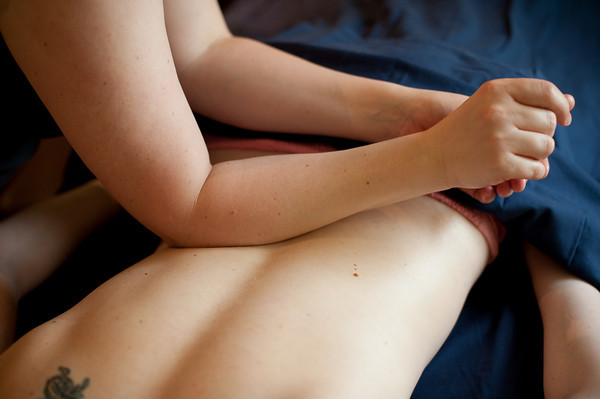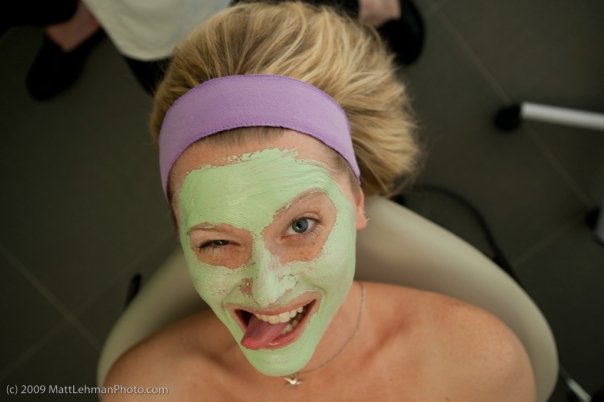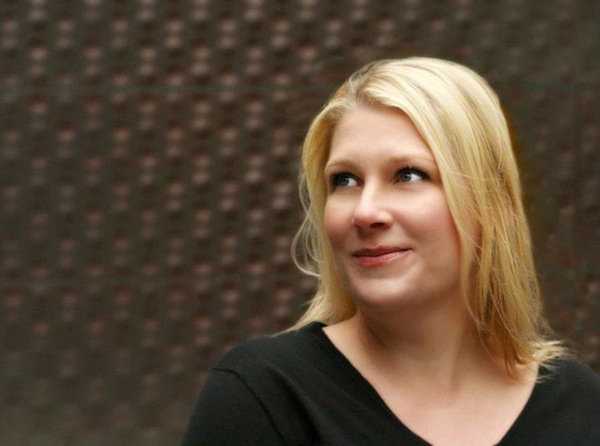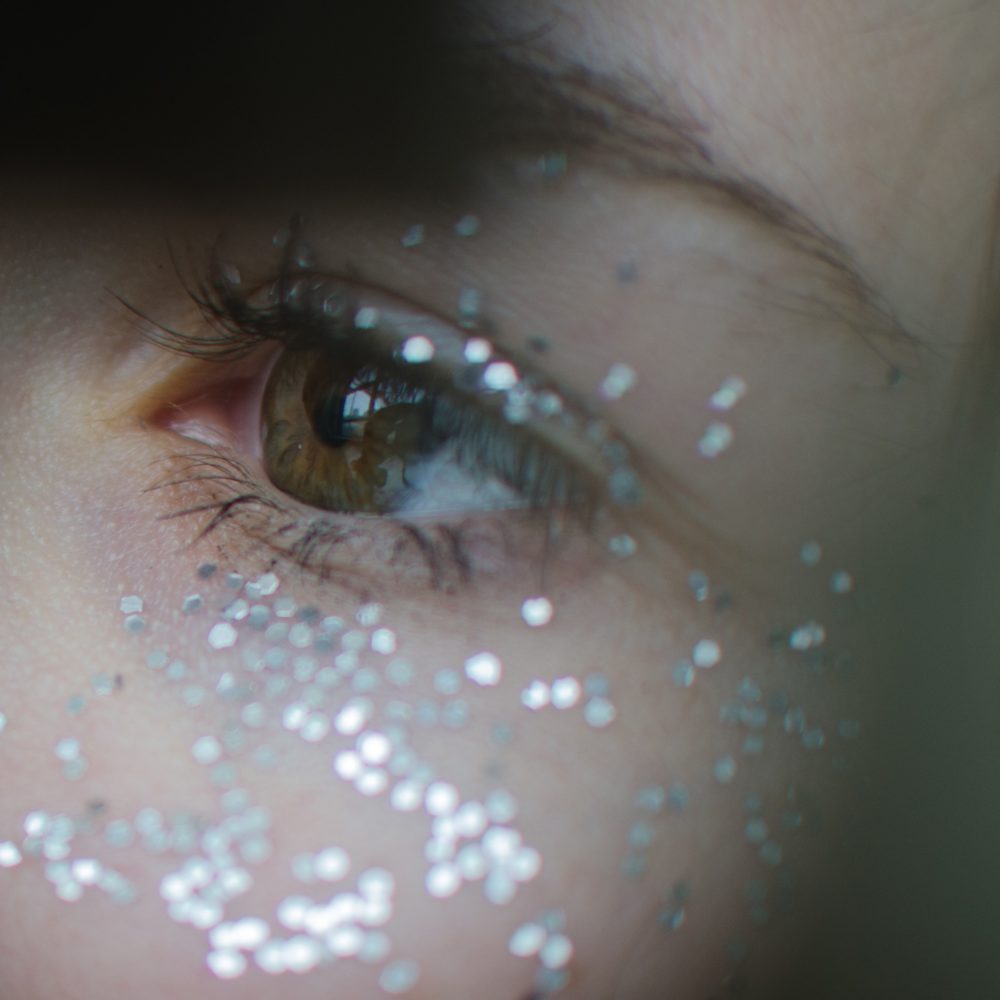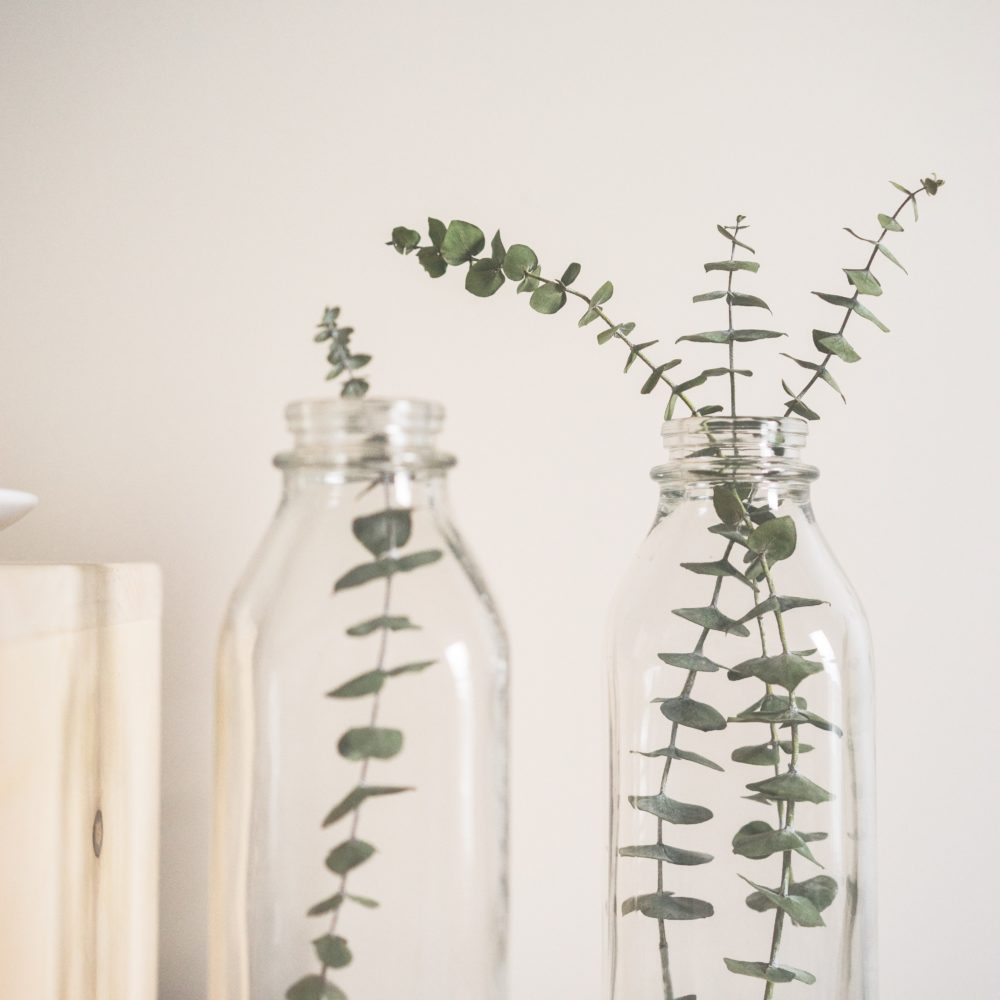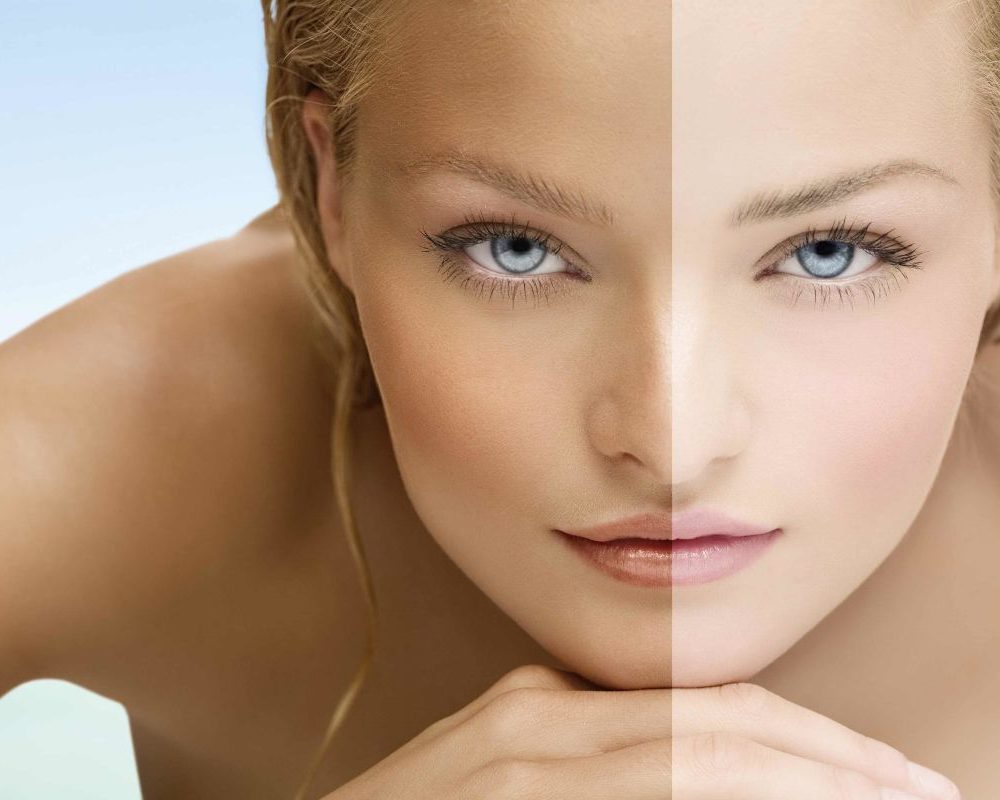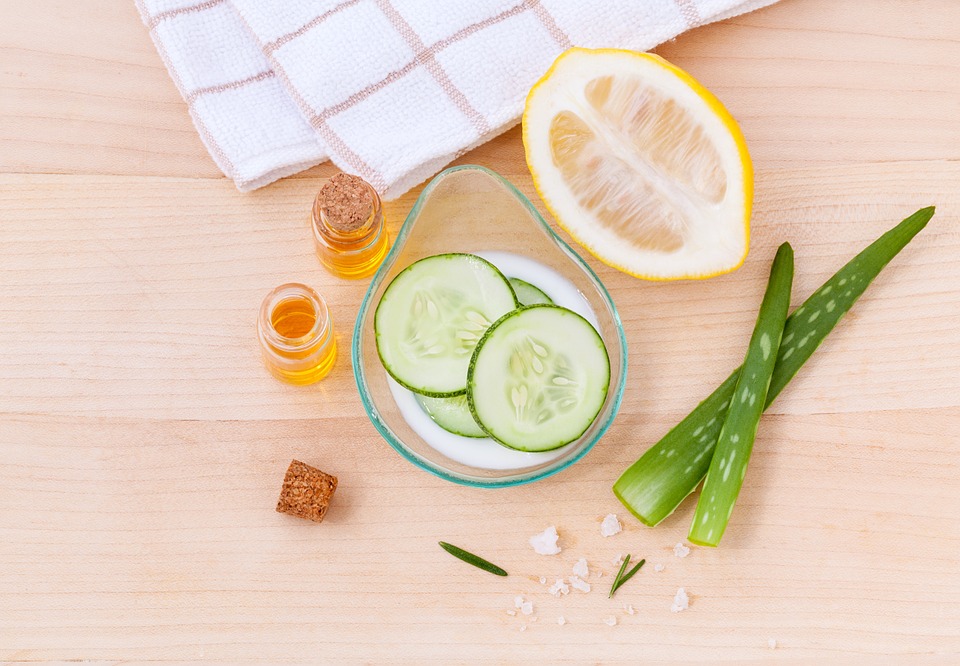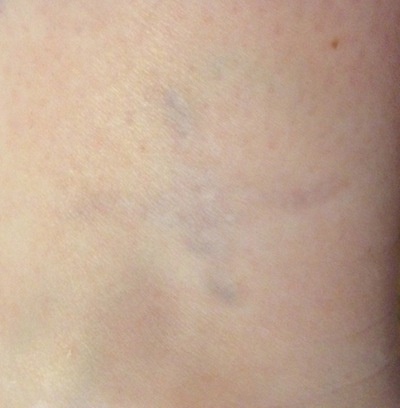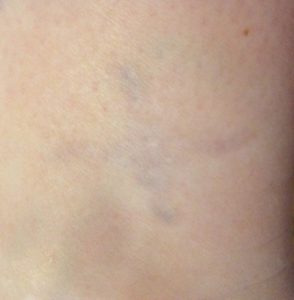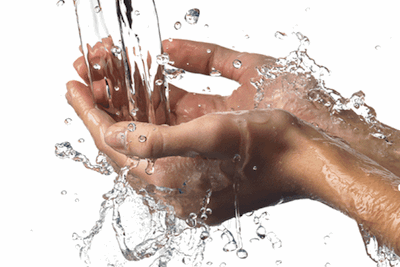Getting your first professional massage can be daunting!
Tell your massage therapist if you’ve never had a professional massage so they can answer all your questions before the session begins.
Massage is generally booked by the length of the session. A one hour (or longer) session will allow time to cover the entire body whereas a shorter session (30 or 45 minutes) will only allow time to focus on a few specific areas.
Most spas will ask if you prefer a male or female massage therapist. This is the time to speak up, you will not hurt anyone’s feelings with your preference!
You make take off as much or as little clothing as you like, many clients keep their underwear on during the session. You will be fully covered with a sheet during the entire session and female clients will be offered a breast drape if work is done on the stomach area.
This is YOUR treatment! If something feels uncomfortable, speak up. Massage therapists are well trained to read body cues but they cannot read your mind! Feedback during the session is welcome and encouraged.
Common requests include more or less pressure, avoiding specific areas of the body like the face or the stomach, a cooler or warmer table or treatment room and louder or softer music in the treatment room.
You may talk to your therapist during the session but don’t feel obliged to keep up a conversation. This is your time and do what makes you comfortable.
The most important thing is to relax and enjoy your treatment!


